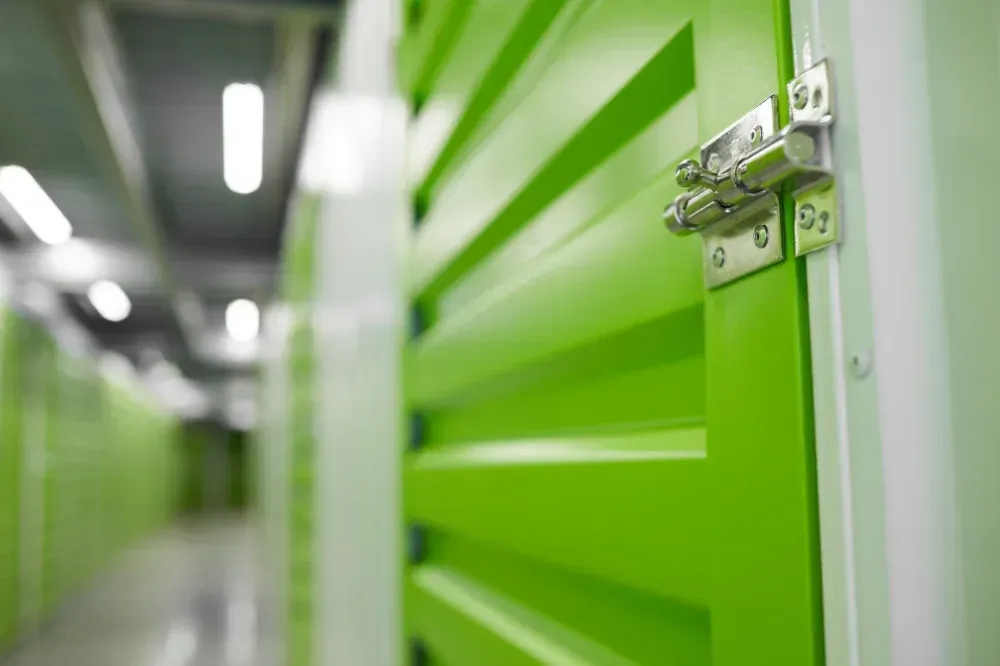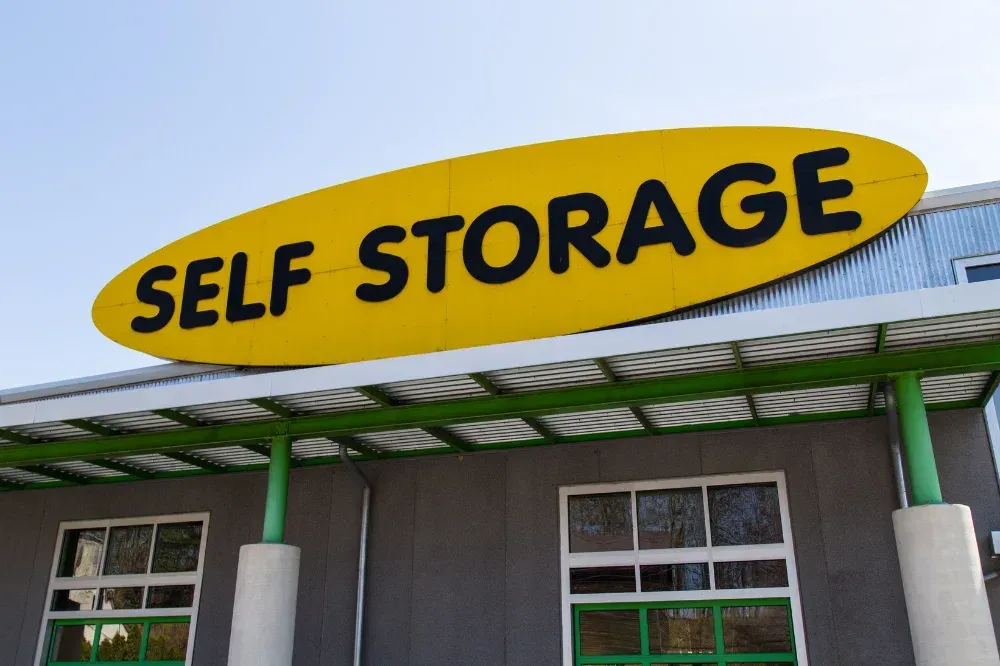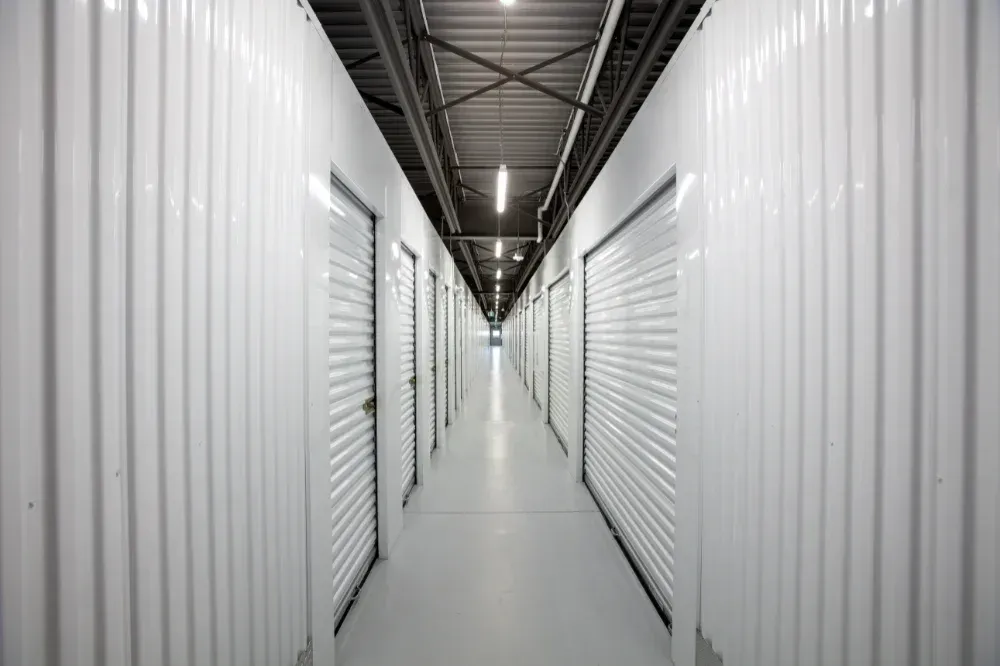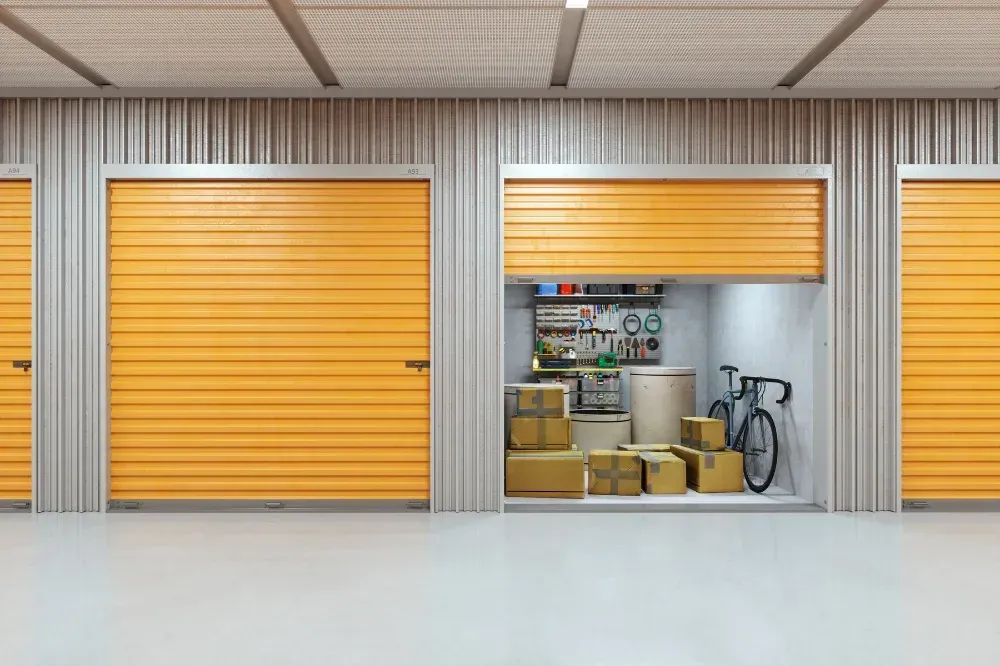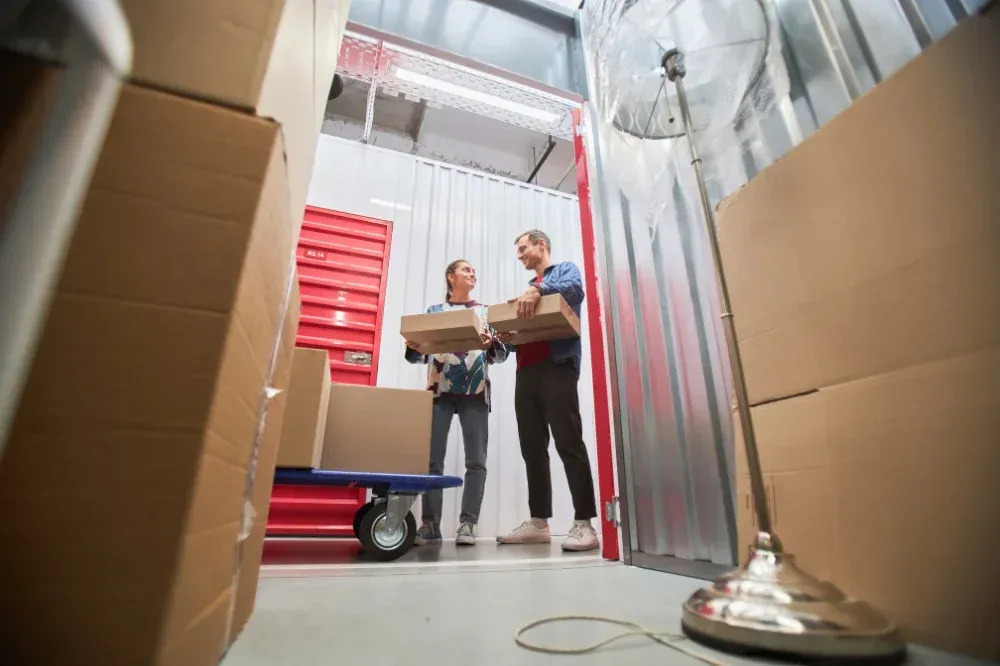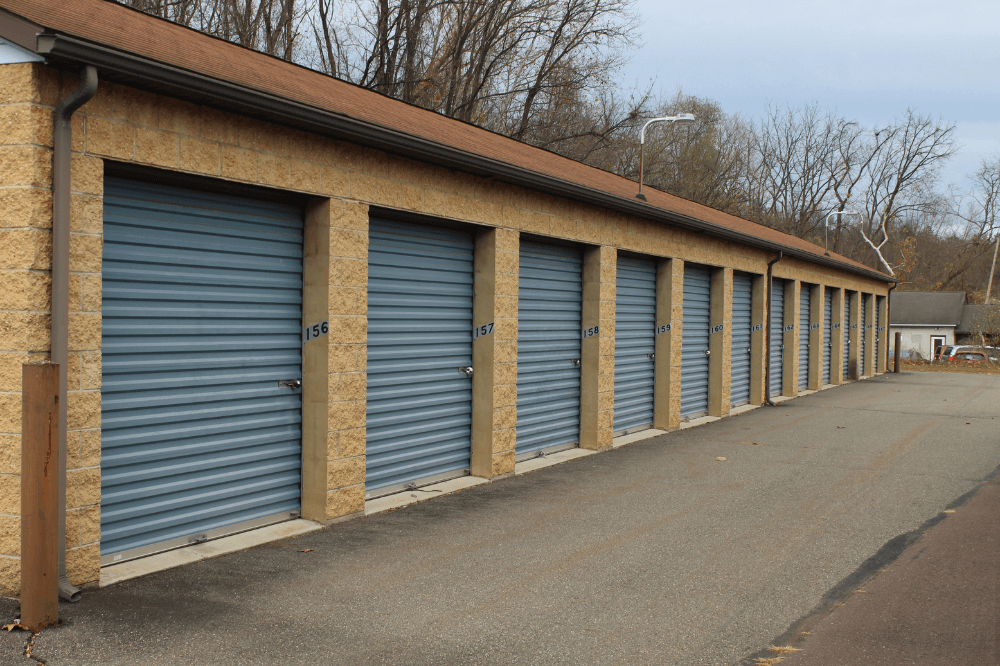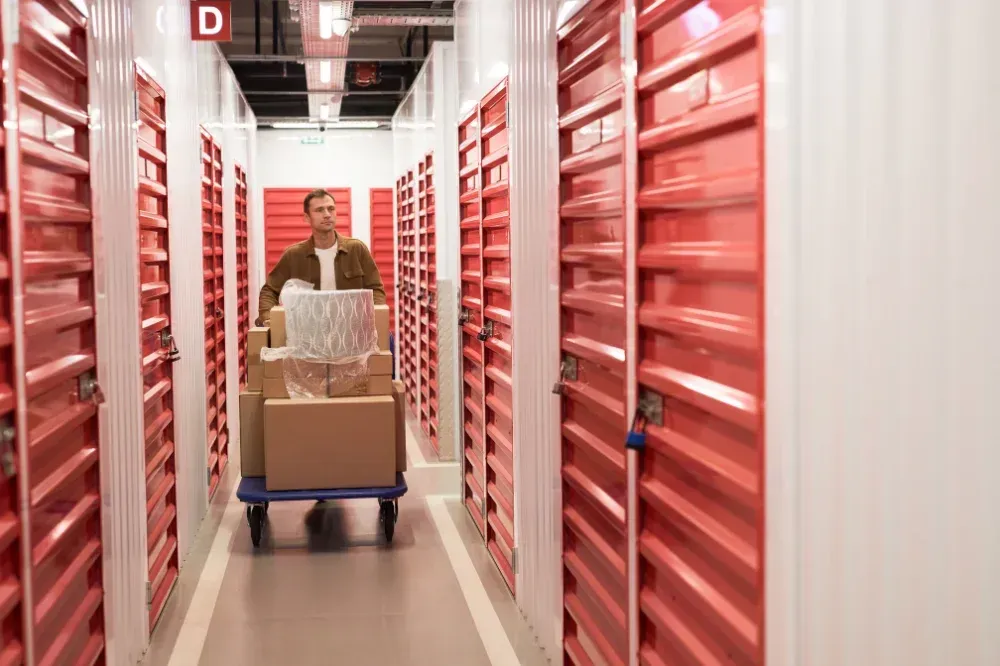Long-Term Storage: How to Keep Your Items Safe for Extended Periods
Long-Term Storage: How to Keep Your Items Safe for Extended Periods
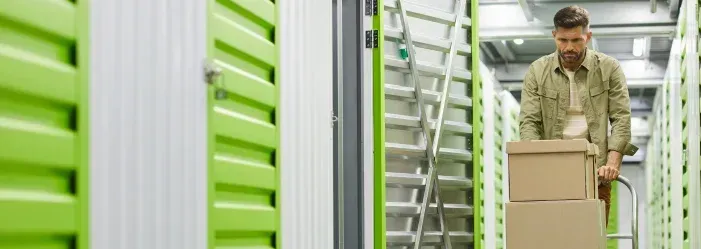
Long-term storage is essential for preserving belongings that aren’t needed daily but hold value, whether sentimental, practical, or financial. People store items for various reasons, including downsizing, traveling, keeping family heirlooms safe, or storing seasonal belongings. Regardless of the reason, proper storage techniques ensure that items remain in good condition over time.
Choosing the Right Storage Solution
One of the first decisions to make when storing items long-term is whether to use home storage or rent a storage unit. While home storage is convenient and cost-effective, it may not always offer the ideal conditions for delicate or valuable items. Storage units, on the other hand, provide additional security and climate-controlled environments that protect against temperature fluctuations and humidity. Climate-controlled storage is particularly useful for wooden furniture, electronics, documents, and textiles, as extreme temperatures and moisture can cause irreversible damage. Standard storage units may be sufficient for items that are not sensitive to environmental changes, but careful packing and placement are still necessary.
Preparing Items for Storage
Before placing items into storage, thorough cleaning and drying are essential to prevent mold, mildew, and odors. Dust, dirt, and moisture can cause deterioration over time, especially in fabrics, wood, and electronics. Once cleaned, items should be packed efficiently, with each box labeled clearly to ensure easy retrieval later. Organizing boxes by category and labeling them with contents and storage dates will save time and effort in the future.
Best Storage Materials
Selecting the right storage materials can significantly impact the longevity of stored items. Sturdy plastic containers with airtight seals are preferable to cardboard boxes, as they provide better protection against moisture and pests. Fragile items should be wrapped in bubble wrap or foam padding, and silica gel packets can be placed inside containers to absorb excess moisture. Heavy-duty shelving helps keep boxes off the ground, reducing the risk of water damage and making access easier.
Protecting Furniture and Large Items
Furniture requires special care when placed in long-term storage. Wrapping pieces in protective covers, such as plastic sheeting or breathable fabric, prevents dust accumulation and moisture damage. For space efficiency and added protection, disassembling large furniture pieces like beds, tables, and shelving units is recommended. Each piece should be wrapped separately, and screws or small components should be stored in labeled bags to ensure easy reassembly.
Storing Electronics Safely
Electronics are particularly vulnerable to temperature changes and moisture. To prevent damage, devices should be cleaned thoroughly and disconnected from power sources before storage. Batteries should be removed to prevent corrosion, and original packaging is ideal for storing delicate components. If the original boxes are unavailable, sturdy, padded containers with anti-static materials will help safeguard sensitive circuits. Items should be stored off the ground and in climate-controlled conditions whenever possible.
Clothing and Textile Storage
Fabrics, including clothing, bedding, and curtains, can develop mold and mildew if not stored properly. Items should be washed and fully dried before being packed away. Vacuum-sealed bags are excellent for saving space and keeping textiles free from dust and pests. Cedar blocks or lavender sachets can be added to prevent moth damage without the harsh chemicals found in mothballs. Clothing should be stored in a cool, dry place, away from direct sunlight, to maintain fabric integrity over time.
Handling Important Documents and Photos
Documents, photographs, and other paper-based materials require special attention to ensure they remain intact. Archival-quality storage materials, such as acid-free folders and boxes, help prevent yellowing and degradation. These items should be stored in a dry, dark environment, as exposure to light and humidity can cause fading and warping. Fireproof and waterproof safes provide an extra layer of protection for irreplaceable documents like birth certificates, passports, and legal papers.
Food and Perishable Items
Certain items should never be stored long-term due to their perishable nature. Fresh food, opened packages, and items with high moisture content attract pests and can spoil quickly. Non-perishable food items, such as canned goods, dried grains, and vacuum-sealed products, can be stored safely if kept in airtight containers and a cool, dark location. Regular rotation of stored food using the "first in, first out" method ensures that nothing expires before use.
Security Measures for Stored Items
Keeping stored items secure is a priority, whether using a storage facility or home storage. When choosing a storage unit, facilities with 24/7 surveillance, controlled access, and on-site security personnel offer the best protection. For home storage, additional security measures such as motion-activated lights, security cameras, and heavy-duty locks help deter theft. Valuable items should be stored in locked, tamper-resistant containers, and safes provide the best protection for important possessions.
Climate and Environmental Factors
Temperature fluctuations, humidity, and pests are common threats to stored items. Climate-controlled storage helps mitigate the risks associated with extreme temperatures, especially for delicate belongings like electronics, furniture, and paper documents. Items should be kept elevated to avoid potential water damage from flooding or leaks. Pest prevention is also crucial, and sealing cracks or entry points in storage areas helps keep rodents and insects out. Placing pest-repellent materials, such as cedar blocks or natural deterrents like peppermint oil, can further reduce the risk of infestation.
Insurance for Stored Items
While proper packing and security measures reduce risks, unforeseen events such as theft, fire, or natural disasters can still occur. Storage insurance provides financial protection for stored belongings in case of damage or loss. Some storage facilities offer insurance as part of their rental agreements, while homeowner’s or renter’s insurance may also provide coverage. Reviewing policy limits and coverage details ensures that valuable items are adequately protected.
Regular Maintenance and Inspection
Long-term storage requires periodic checks to ensure stored items remain in good condition. Every few months, storage areas should be inspected for signs of moisture buildup, pest activity, or damage. Boxes should be reorganized as needed, and worn-out packing materials should be replaced. Clear labeling should be maintained to ensure easy access, and fragile items should be checked for any signs of deterioration. Catching potential issues early can prevent significant damage and costly repairs.
When to Downsize or Remove Items from Storage
Assessing storage needs regularly prevents unnecessary clutter and storage costs. If items have not been used for years, it may be time to consider selling, donating, or recycling them. Online marketplaces, garage sales, and charity donations provide excellent ways to repurpose items that are no longer needed. Downsizing storage contents reduces costs and ensures that only valuable or meaningful belongings are kept in long-term storage.
Conclusion
Proper long-term storage involves choosing the right storage solution, using high-quality packing materials, maintaining security measures, and regularly inspecting stored items. Climate-controlled environments offer additional protection for sensitive belongings, while labeling and organizing make retrieval easier. Security and pest prevention further ensure that stored items remain safe. Regular reassessments help avoid unnecessary storage costs and make it easier to decide when to remove or repurpose belongings. By following these best practices, items can be kept in excellent condition for years to come.

